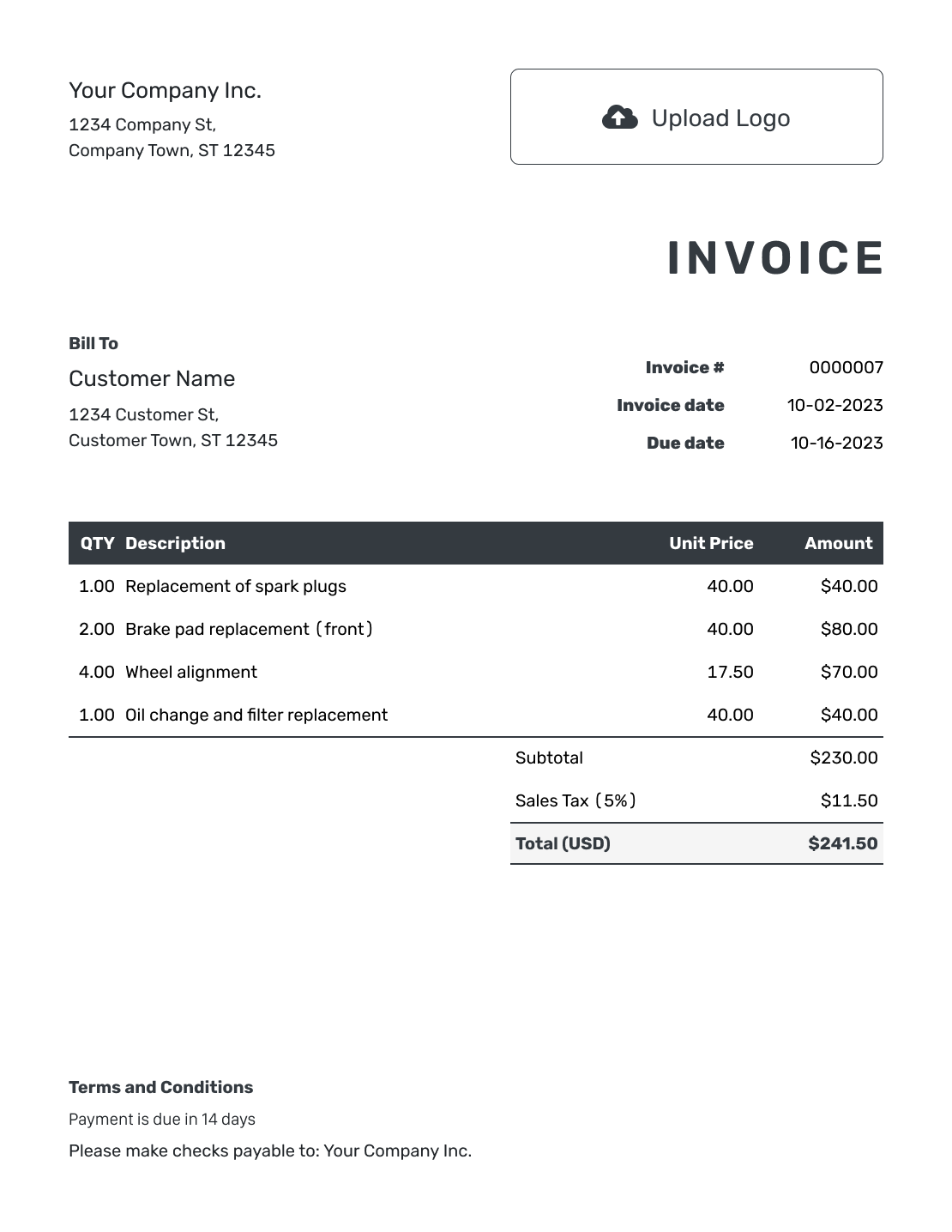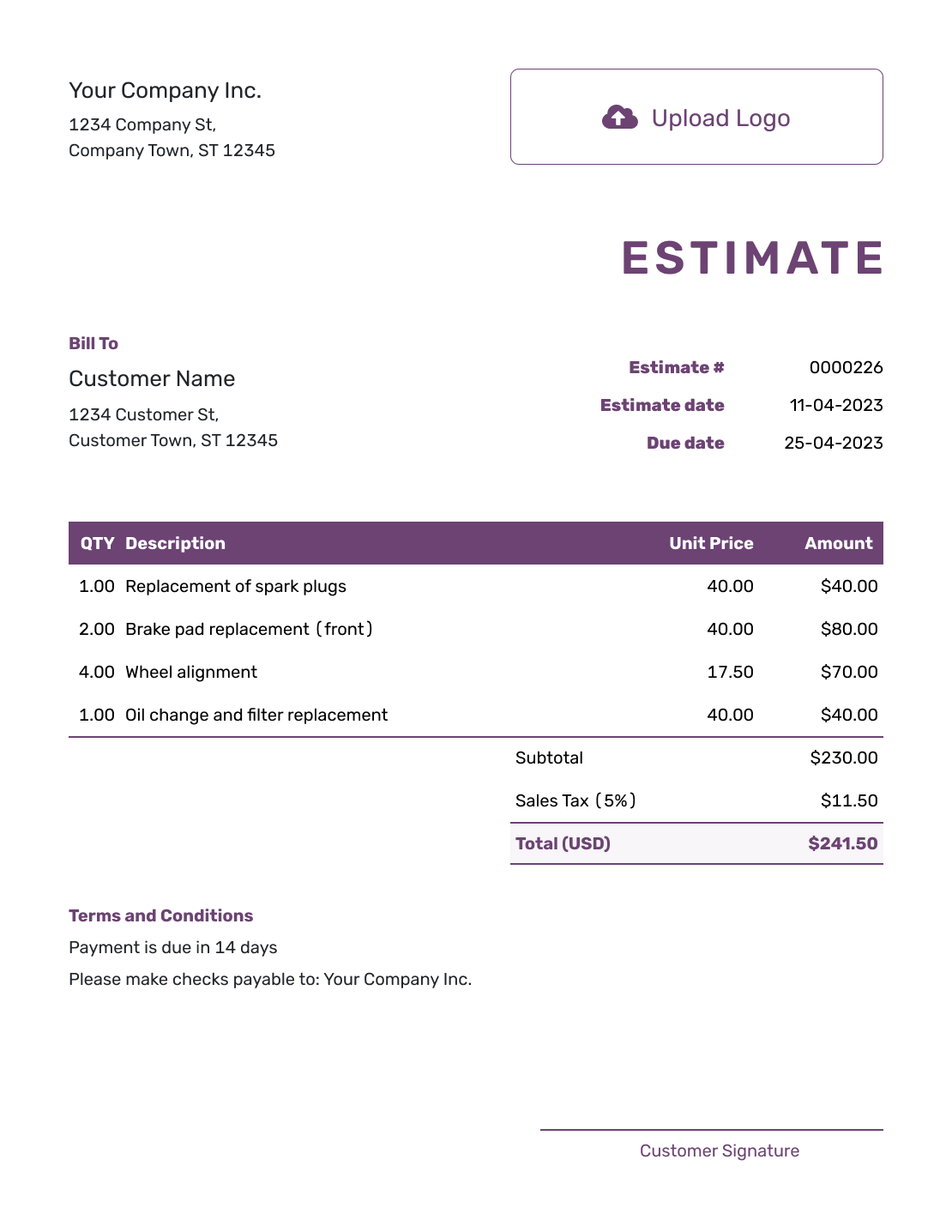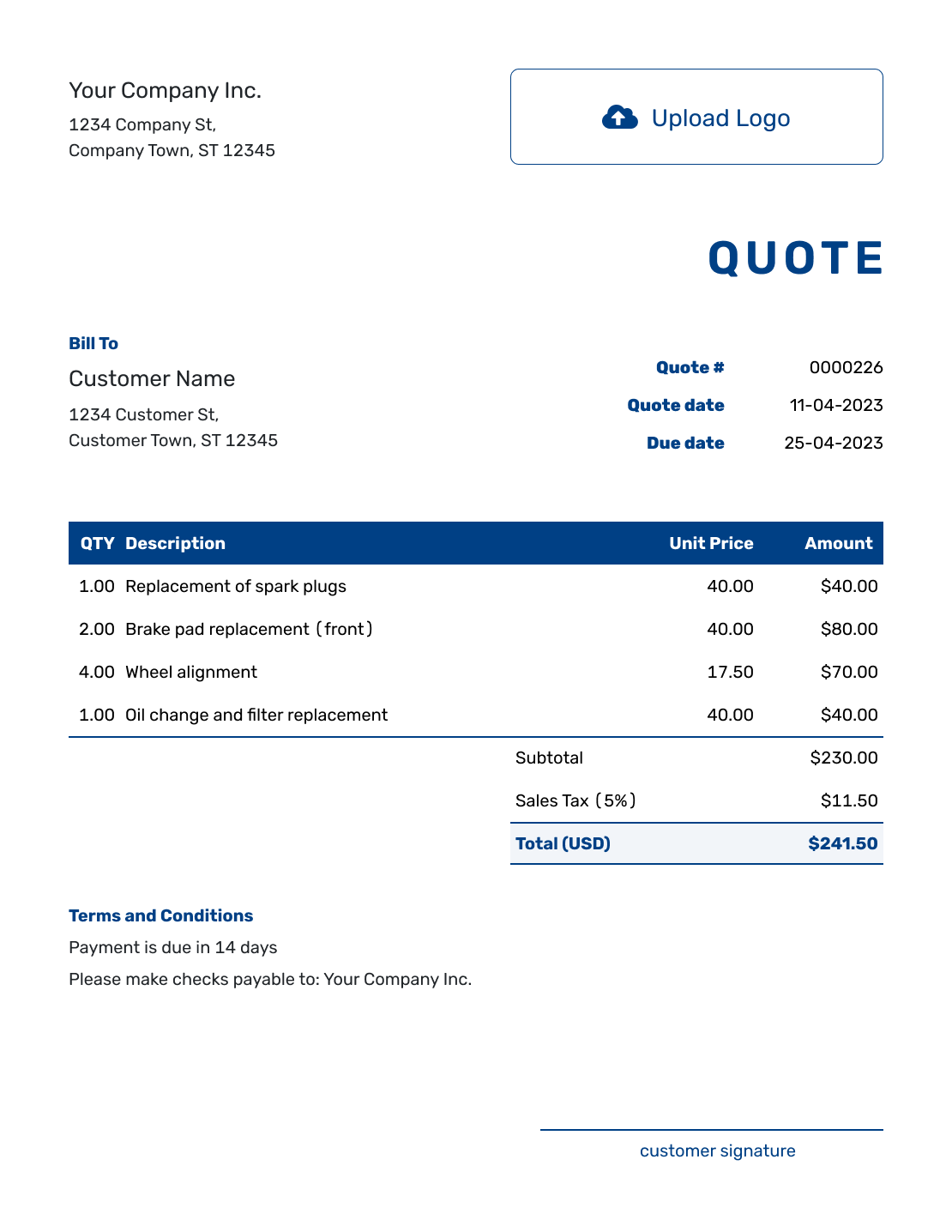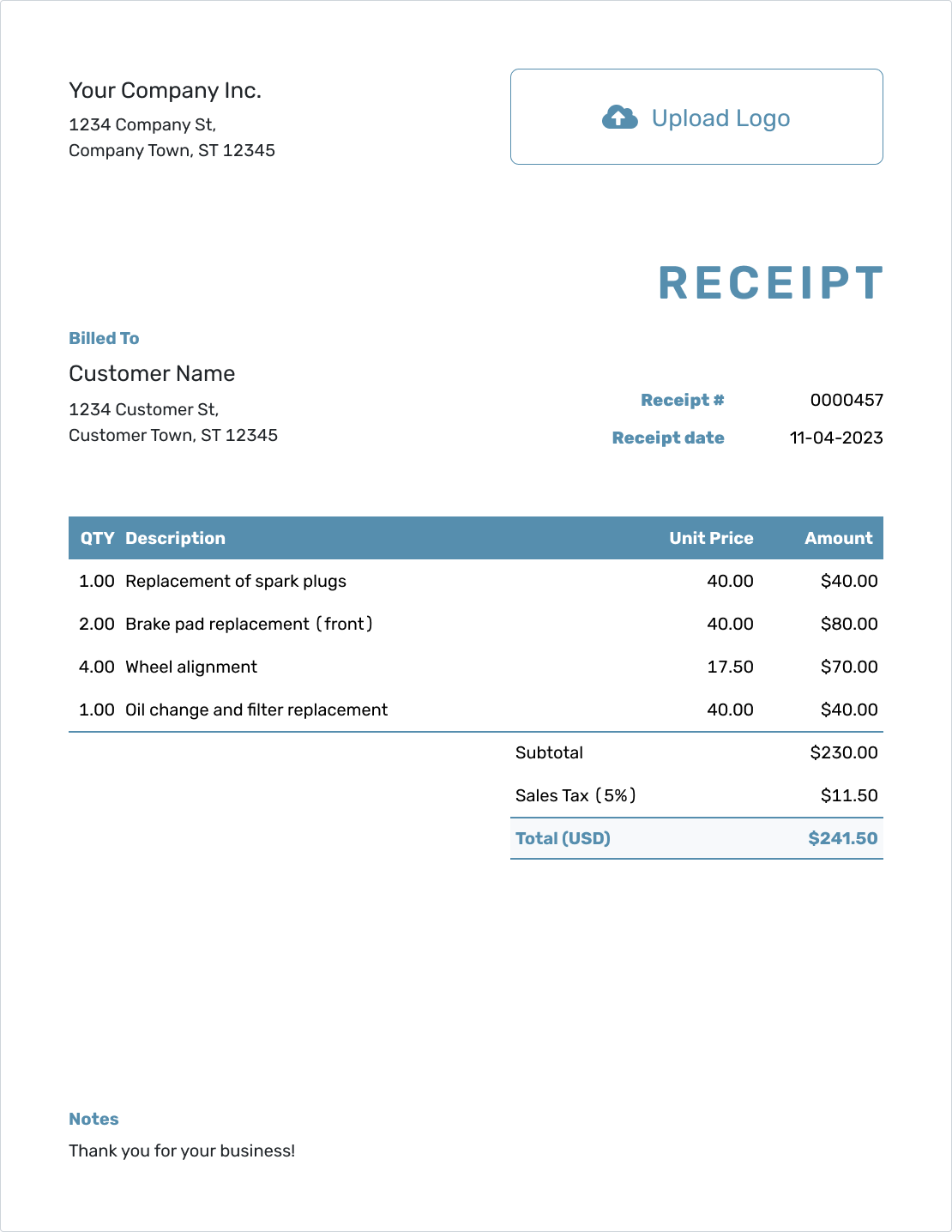Understanding
Payroll Schedule
Est. reading time: 5 min

Managing payroll efficiently is a cornerstone of running a successful business. A payroll schedule dictates how often employees are paid and ensures consistency in financial management. Below, we’ll explore what payroll schedules are, the different types available, and how to choose the best one for your business.
What Is a Payroll Schedule?
A payroll schedule is a recurring timetable that determines when employees are paid. It outlines the frequency and structure of payroll processing, including important dates for submitting hours worked, calculating pay, and issuing payments.
Key Components of a Payroll Schedule:
- Pay Period: The timeframe employees are paid for (e.g., weekly, biweekly).
- Pay Date: The actual date employees receive their wages.
- Submission Deadlines: When hours or salary information must be submitted for processing.
Types of Payroll Schedules
There are four main types of payroll schedules, each with its own advantages and considerations:
1. Weekly Payroll
Employees are paid every week, resulting in 52 pay periods per year. This schedule is common in industries like retail or construction, where employees work variable hours.
- Pros: Frequent paydays improve employee satisfaction.
- Cons: Higher administrative workload and processing costs.
2. Biweekly Payroll
Employees are paid every two weeks, resulting in 26 pay periods annually. This is the most commonly used payroll schedule in the United States.
- Pros: Consistent schedule simplifies budgeting for employees and employers.
- Cons: Two months per year may have three pay periods, complicating cash flow management.
3. Semimonthly Payroll
Employees are paid twice a month, often on the 15th and last day of the month. This results in 24 pay periods annually.
- Pros: Predictable schedule aligns with monthly expenses like rent and bills.
- Cons: Pay periods may vary in length, making overtime calculations more complex.
4. Monthly Payroll
Employees are paid once per month, resulting in 12 pay periods annually. This schedule is common for salaried employees in professional or government roles.
- Pros: Minimizes administrative costs and processing time.
- Cons: Long gaps between paychecks may strain employees’ financial planning.
Choosing the Right Payroll Schedule
Here are some factors to consider when selecting a payroll schedule for your business:
- Employee Preferences: Consider the financial needs of your workforce, such as weekly versus monthly cash flow.
- Industry Norms: Align with standard practices in your industry to attract and retain talent.
- Administrative Resources: Ensure your HR and accounting teams can handle the chosen frequency.
- Compliance: Check federal and state labor laws, as some jurisdictions have regulations on minimum pay frequencies.
Choosing the right payroll schedule ensures you maintain a balance between employee satisfaction and efficient business operations.




